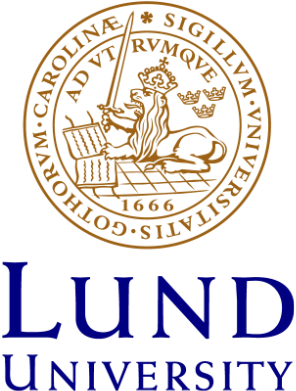Involvement of the retinoblastoma protein in monocytic and neutrophilic lineage commitment of human bone marrow progenitor cells
The retinoblastoma gene product (pRb) is involved in both cell cycle regulation and cell differentiation. pRb may have dual functions during cell differentiation: partly by promoting a cell cycle brake at G(1) and also by interacting with tissue-specific transcription factors. We recently showed that pRb mediates differentiation of leukemic cell lines involving mechanisms other than the induction
